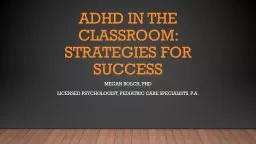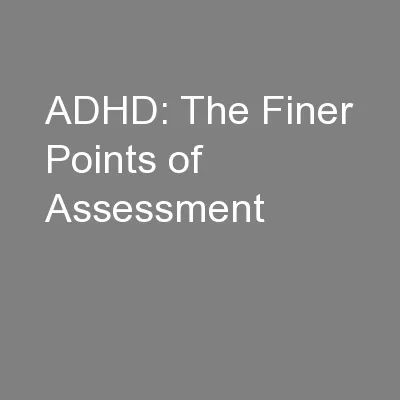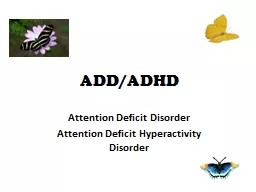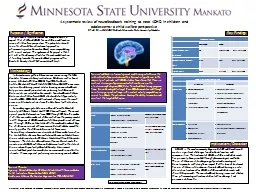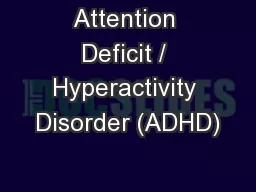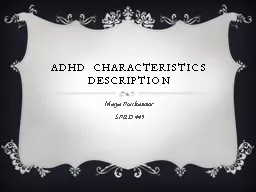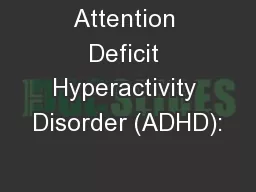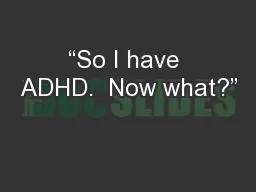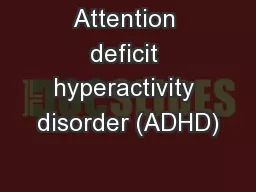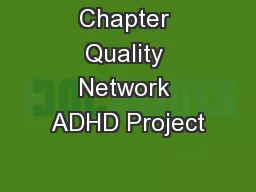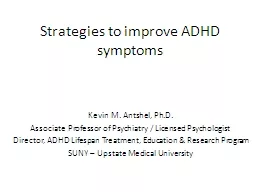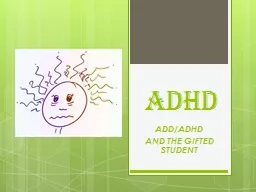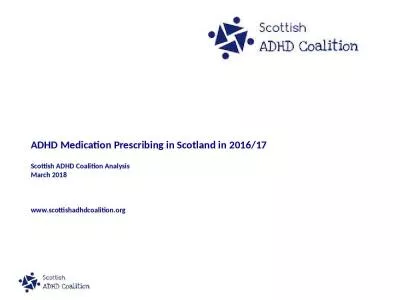PPT-ADHD In the classroom: Strategies for success
Author : danika-pritchard | Published Date : 2017-05-04
Megan Bolch PhD Licensed Psychologist Pediatric Care Specialists PA GOALS OF PRESENTATION Provide an overview of ADHD Symptomatology Subtypes Causes Treatment Highlight
Presentation Embed Code
Download Presentation
Download Presentation The PPT/PDF document "ADHD In the classroom: Strategies for su..." is the property of its rightful owner. Permission is granted to download and print the materials on this website for personal, non-commercial use only, and to display it on your personal computer provided you do not modify the materials and that you retain all copyright notices contained in the materials. By downloading content from our website, you accept the terms of this agreement.
ADHD In the classroom: Strategies for success: Transcript
Download Rules Of Document
"ADHD In the classroom: Strategies for success"The content belongs to its owner. You may download and print it for personal use, without modification, and keep all copyright notices. By downloading, you agree to these terms.
Related Documents

